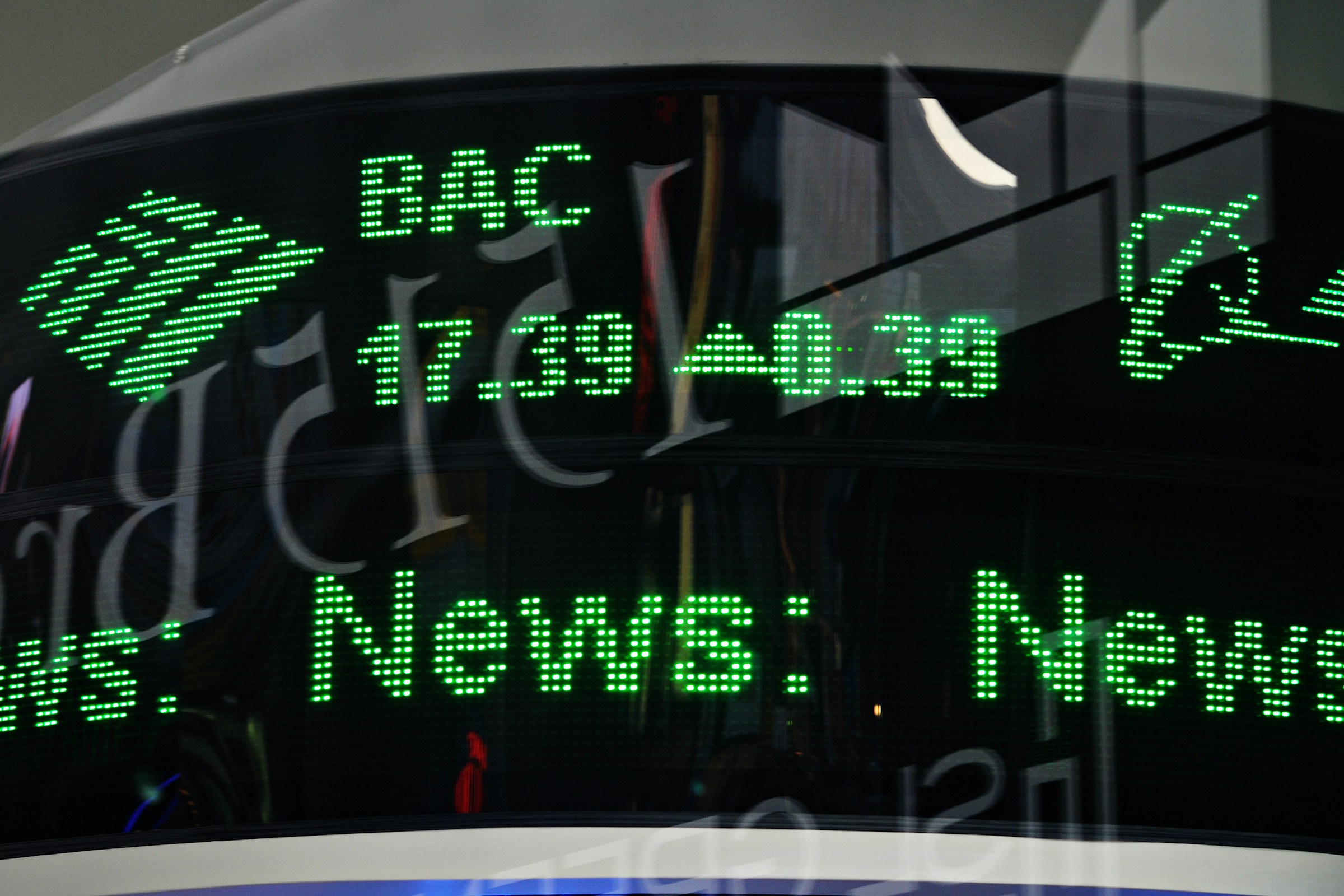While European indices remain defensive and US equity futures drift sideways, Asia’s major markets are edging higher. On Monday, the Nikkei rose 0.6%, the Hang Seng added 0.4%, and the Kospi gained 0.3%—modest but steady. At first glance, it looks like a routine rally. But behind the uptick lies a deeper divergence in strategic sentiment.
This isn’t about growth. It’s about insulation. While Western investors brace for the next central bank pause or political jolt, Asian equities are drawing interest for a different reason: they represent controlled exposure. The kind that doesn’t promise alpha, but also doesn’t spiral when the next headline hits.
This pivot is not rooted in stimulus or macro conviction. It’s rooted in pattern recognition. Global investors have seen this film before: trade friction escalates, inflation re-anchors, earnings cool, and capital looks for neutral ground. Asia, once viewed as a source of volatility, is now quietly recast as the more manageable risk zone. That shift isn’t about upside. It’s about containment.
The context behind the rally matters. While US tariffs on Chinese EVs, batteries, and solar products intensify, global markets are recalibrating around uncertainty—not resolution. The White House continues to escalate rhetoric against “unfair industrial subsidies,” but no structural reset is on the table. Investors aren’t betting on clarity from trade negotiations—they’re betting on which markets are least likely to get caught in the crossfire.
This explains why Southeast Asia, South Korea, and Japan are seeing renewed fund flows, while European industrials and China ADRs continue to underperform. Tariff exposure is becoming a proxy for market stress—and Asian corporates with diversified revenue and cross-border operations look increasingly safe by comparison.
Meanwhile, the US earnings season is approaching with unusually low expectations. While headline growth is still forecast for tech majors, margin guidance across manufacturing, consumer staples, and discretionary is tightening. Against that backdrop, Asian firms—particularly in export-aligned verticals like automotive components, semiconductors, and industrial machinery—look quietly attractive. Not because they will outperform spectacularly, but because they’ve been here before.
The real strategic turn is this: capital is moving from blanket defensive postures to selective allocation. Not “risk-on” by any stretch—but no longer universally risk-averse either. Instead, fund managers are drawing sharper lines between volatile and navigable geographies.
Asian equities now benefit from a perception of discipline. Japan, long maligned for its deflationary drift, has delivered stronger-than-expected wage growth and improved governance clarity under the Tokyo Stock Exchange’s recent reforms. Korea, while still vulnerable to chip cycle shocks, is seen as institutionally stable with rising household financial literacy and a maturing retail investor base. Even Malaysia and Vietnam—often dismissed as small-cap traps—are back on radars due to their role in supply chain diversification from China.
This is less about domestic growth than about operational control. Asian firms, conditioned by decades of margin compression and FX volatility, tend to carry less debt, operate with leaner cost structures, and signal less aggressively. In a world reintroducing geopolitical pricing into every investment model, that restraint looks valuable.
Contrast this with the strategic posture in the West. The US, while still growing on aggregate, is witnessing a sharp bifurcation between mega-cap resilience and mid-cap stagnation. The Fed’s cautious signaling around rate cuts has left credit markets in limbo, with lending terms tightening and small business optimism flatlining.
Europe, meanwhile, continues to suffer from energy input cost variability, fragmented fiscal responses, and sluggish domestic demand. Germany’s industrial output remains under pressure, and France’s political volatility post-election has reintroduced sovereign risk premium discussions—something unthinkable just two years ago.
Against that backdrop, Asia is being recast—not as a beacon, but as ballast. The goal is no longer chasing returns. It’s about minimizing regret.
This small rally shouldn’t be mistaken for renewed growth optimism. It’s more accurately a hedge against North American and European overexposure. In markets where the next disruption is harder to model, investors are falling back on familiarity and fiscal defensibility. And in that recalibration, Asian stock sentiment is the beneficiary—but not the driver.
What it reveals is a shift in what capital now values: not breakout opportunity, but operational consistency and geopolitical neutrality. This makes Asia—especially mid-cap industrials and diversified exporters—less about risk appetite and more about portfolio ballast. Investors aren’t betting big. They’re trying not to lose.
The deeper signal is this: in a world where narrative dominates headlines, capital is repositioning based on structural memory. Markets with muscle memory for inflation, trade exposure, and regulatory ambiguity—like many in Asia—may outperform not because they’re optimistic, but because they’re already conditioned to endure.






-7.jpg&w=3840&q=75)
.jpg&w=3840&q=75)


.jpg&w=3840&q=75)



